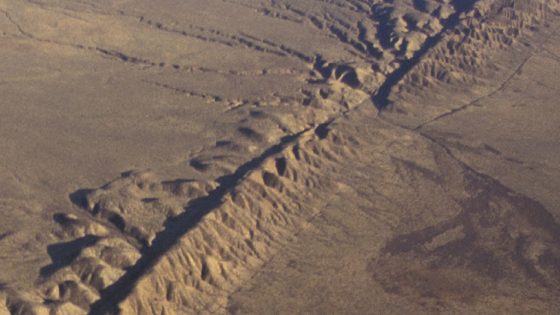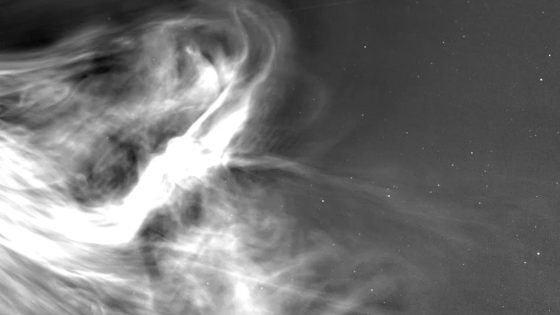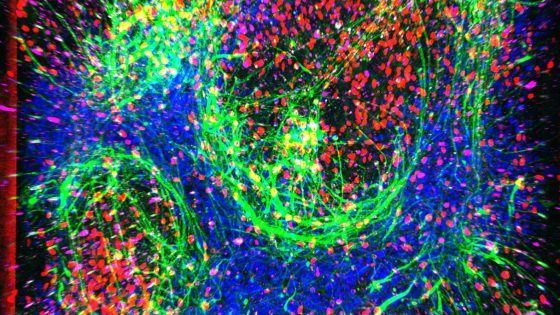Slow-motion earthquakes, or slow slip events (SSEs), are fascinating geological phenomena where energy is released over days or weeks instead of minutes. Recently, researchers from the University of Texas Institute for Geophysics (UTIG) successfully recorded these events in real time, marking a significant advancement in our understanding of seismic activity. On July 8, 2025, they shared findings that could enhance earthquake prediction models.
- Slow-motion earthquakes release energy over weeks.
- They help predict dangerous earthquakes and tsunamis.
- Research tracked slow slip events in Japan.
- Borehole sensors monitor pressure changes underwater.
- Findings aid future earthquake prediction models.
- Cascadia fault lacks protective shock absorber effect.
These gentle quakes, while not immediately dangerous, play a crucial role in forecasting larger, more destructive earthquakes and tsunamis. By monitoring slow earthquakes off Japan’s Nankai Trough, scientists observed the tectonic shock absorber effect, which helps mitigate stress along fault lines.
This research raises an important question: How can slow earthquakes help US predict more catastrophic seismic events? The findings suggest that monitoring slow earthquakes could be pivotal in understanding strain accumulation and release along fault lines. Key points include:
- Slow earthquakes act as a natural buffer, releasing stress gradually.
- Advanced sensor technology enables the detection of subtle geological changes.
- Insights gained could inform models predicting tsunamis and earthquakes.
As technology continues to advance, the potential for more accurate earthquake predictions grows. This research underscores the importance of ongoing studies in seismology, paving the way for improved safety measures and disaster preparedness.































